Nara, Japan’s ancient capital, stands as a testament to the Japanese people’s profound connection with the natural world. Established in the 8th century, the meticulously designed city of Heijo-kyo seamlessly blends its tranquil sites with the surrounding forested landscapes, offering visitors a glimpse into how the Japanese have long celebrated their symbiotic relationship with the environment. From the curated gardens and historic temples to the stunning vistas that captivate the senses, Nara’s legacy reveals the intricate ways in which the country’s cultural identity has been shaped by its reverence for the natural world.
Key Points
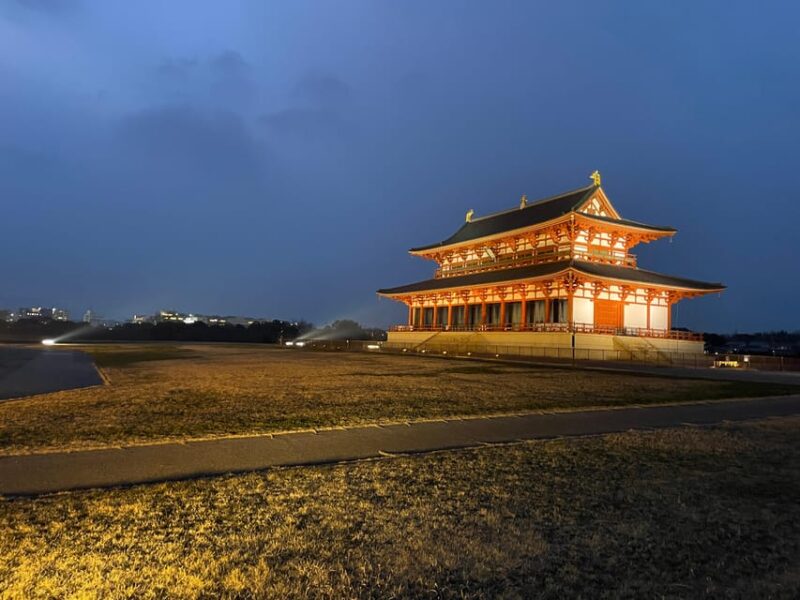
-
The ancient capital of Heijo-kyo in Nara was established in the 8th century as a grand imperial city modeled after the Chinese capital of Chang’an.
-
Nara’s design incorporated the surrounding natural landscape, including curated gardens, temples, and shrines, reflecting the deep connection between the Japanese people and their environment.
-
Iconic landmarks like Kasuga-taisha, Todai-ji, and Kofuku-ji Tokondo showcase Nara’s rich religious and cultural heritage, shaping the country’s identity.
-
The mysterious stone structures atop Mount Wakakusa and the presence of abandoned historical sites in Nara reveal the region’s hidden histories and layers of the past.
-
Nara’s scenic landscapes, local cuisine, and premium sake have captivated visitors, seamlessly blending the region’s natural beauty and cultural traditions.
Heijo-kyo: Nara’s Ancient Capital
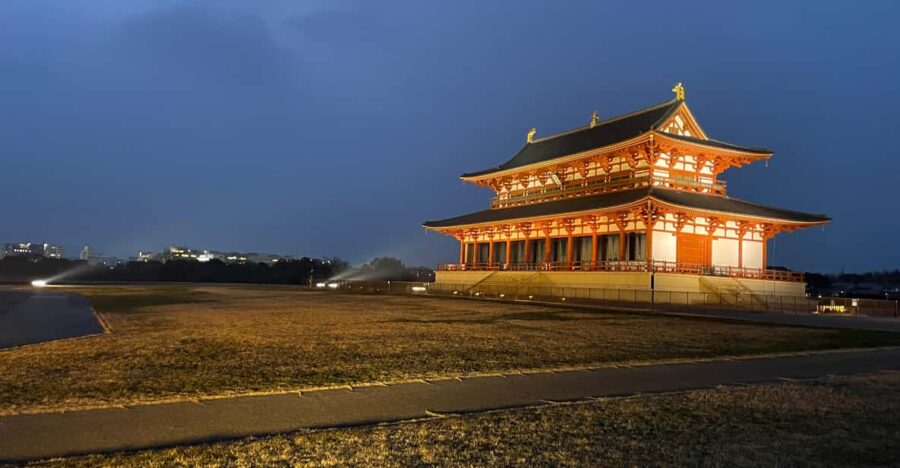
In the 8th century, the Japanese government, under the leadership of Emperor Kanmu, made the bold decision to establish Heijo-kyo as the nation’s new capital. This ancient city, located in present-day Nara, was meticulously planned and designed to be the political and cultural center of the country.
Modeled after the Chinese capital of Chang’an, Heijo-kyo featured a grid-like layout, grand imperial structures, and a strong emphasis on harmony with the natural landscape. The city’s carefully curated gardens, temples, and shrines reflected the deep connection between the Japanese people and their natural environment. Heijo-kyo’s legacy endures, offering visitors a glimpse into the rich history and traditions that shaped Japan’s early development as a nation.
You can also read our reviews of more tours and experiences in Nara.
Exploring Historical Sites in Nara
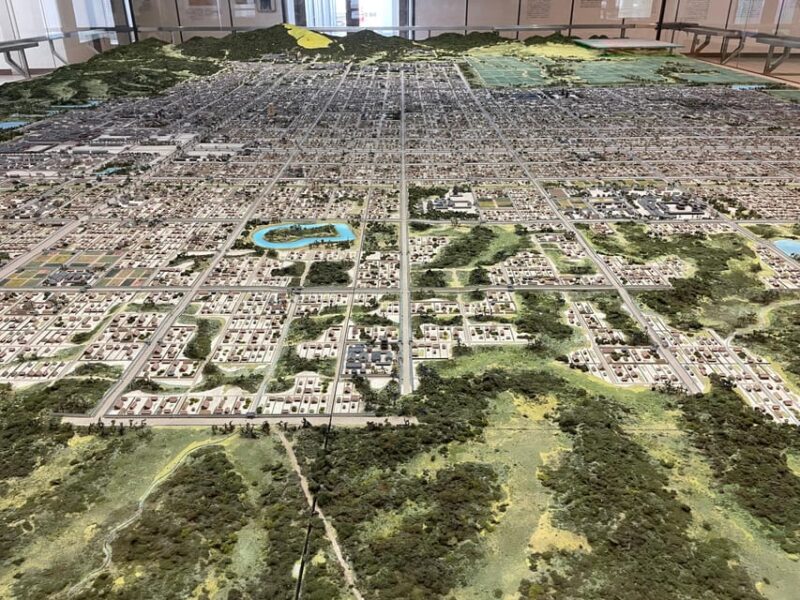
Nara’s ancient capital, Heijo-kyo, left behind a wealth of historical sites that captivate visitors today. The Nara Palace Site Museum offers a glimpse into the city’s imperial past, while Kasuga-taisha, Todai-ji, and Kofuku-ji Tokondo showcase the region’s religious heritage. Hikers can ascend Mt. Wakakusa to enjoy panoramic views of the picturesque landscape. This tour explores these landmarks, allowing visitors to explore Nara’s hidden history and understand the deep connection between the Japanese people and their natural surroundings.
| Site | Duration |
|---|---|
| Nara Palace Site Museum | 1.5 hours |
| Kasuga-taisha | 45 minutes |
| Todai-ji | 45 minutes |
| Kofuku-ji Tokondo | 1 hour |
The Relationship Between Japan and Nature
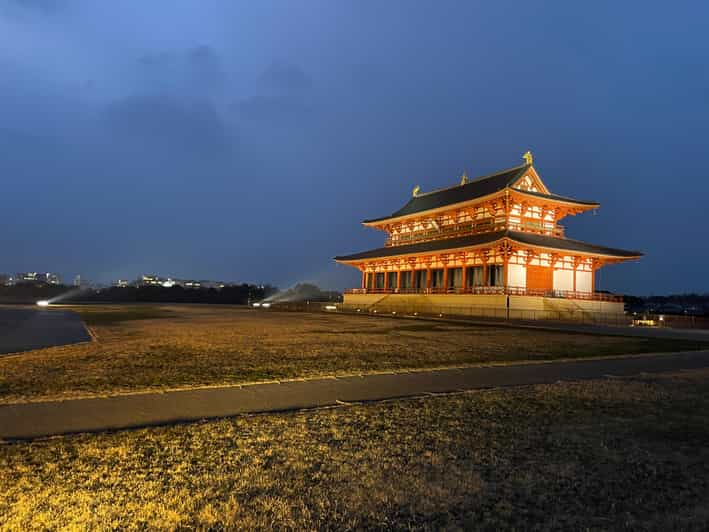
Throughout Japan’s history, a profound reverence for nature has profoundly shaped the nation’s cultural identity. The Japanese people have long revered the natural world, seeing it as a source of spiritual renewal and aesthetic inspiration. This deep connection is evident in the country’s many sacred sites, stunning landscapes, and well-preserved traditions.
The tranquil shrines and temples of Nara epitomize the Japanese reverence for nature, blending seamlessly with their forested surroundings. The breathtaking vistas of Mount Wakakusa offer a glimpse into the awe-inspiring beauty that has captivated the Japanese for centuries. The intricate gardens and meticulous landscaping traditions reflect a deep understanding and appreciation of the natural world. The seasonal festivals and rituals celebrate the cyclical rhythms of nature, fostering a sense of harmony and belonging. The sustainable practices and eco-conscious mindset of the Japanese people demonstrate a profound respect for the natural environment.
Hidden Histories of Nara
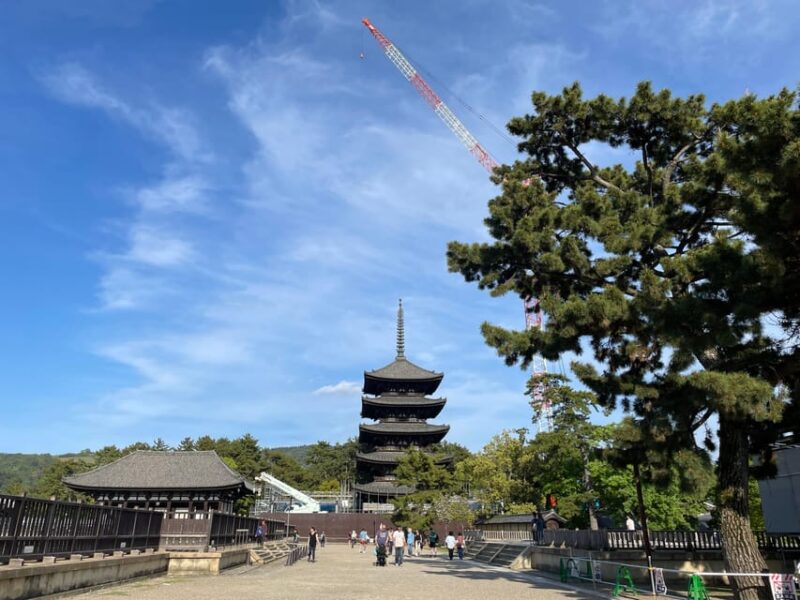
Many lesser-known historical gems are scattered throughout Nara, waiting to be discovered by the curious traveler. From hidden shrines to forgotten ruins, Nara’s past holds secrets that even most Japanese people are unaware of. Take, for example, the abandoned Nara Palace complex, where the foundations of ancient imperial buildings still lie hidden beneath the forest floor. Or the enigmatic stone structures atop Mount Wakakusa, whose origins and purpose remain a mystery. Exploring these sites offers a glimpse into Nara’s forgotten histories and the deep connections between the Japanese people and their natural surroundings.
| Hidden Site | Significance | Accessibility |
|---|---|---|
| Nara Palace Site | Remains of ancient imperial capital | Moderate |
| Mount Wakakusa Ruins | Mysterious stone structures | Challenging |
| Forgotten Shrines | Obscure religious sites | Limited |
| Abandoned Temples | Decaying vestiges of Nara’s past | Difficult |
Discovering Nara’s Scenic Landscapes

Exploring Nara’s scenic landscapes reveals the deep-rooted harmony between the Japanese people and their natural surroundings. Visitors can marvel at the majestic grandeur of Mt. Wakakusa, which offers breathtaking views over the ancient capital.
The serene Kasuga-taisha shrine nestled among the verdant forests evokes a sense of tranquility. Wandering through the lush gardens of Kofuku-ji, one can’t help but feel a profound connection to the natural world. The towering presence of Todai-ji temple, surrounded by peaceful deer, exemplifies the Japanese reverence for nature.
These awe-inspiring sights showcase Nara’s ability to captivate the senses and inspire a deeper appreciation for the intricate relationship between humanity and the environment.
- Majestic Mt. Wakakusa
- Serene Kasuga-taisha shrine
- Lush Kofuku-ji gardens
- Towering Todai-ji temple
- Peaceful deer population
Savoring Local Cuisine and Sake
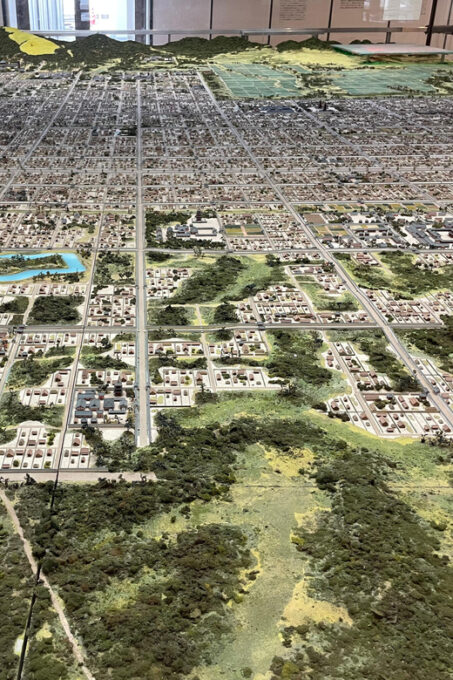
After marveling at Nara’s scenic landscapes, visitors can indulge in the delectable local cuisine and renowned Japanese sake.
Nara is renowned for its exquisite culinary offerings, from the succulent Nara-zuke pickles to the iconic Kamameshi rice dishes. Pair these flavors with a refreshing glass of Nara’s premium sake, renowned for its smooth, balanced taste. Visitors can sample a variety of sake at local izakaya pubs or traditional ryokans.
Immersing oneself in Nara’s gastronomic delights completes the holistic experience of discovering the rich heritage and natural beauty of this captivating region.
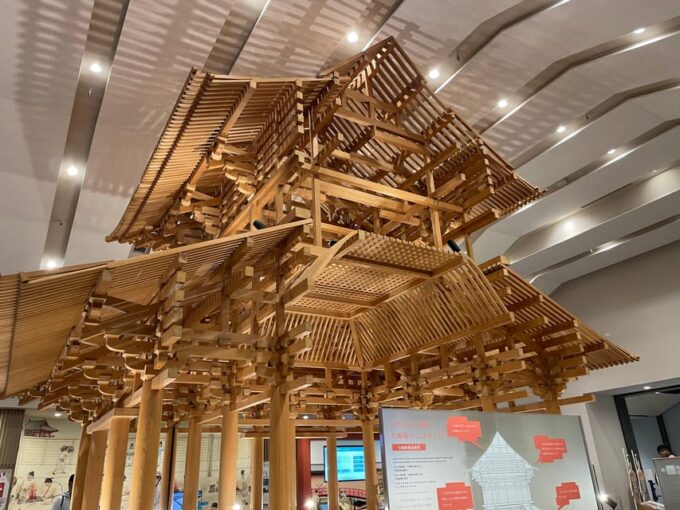
Visitors begin their Nara adventure at the conveniently located 7-ELEVEN Nara Omiyacho 5-chome Store. From there, they’ll explore the ancient capital, starting with the Nara Palace Site Museum.
After learning about Heijo-kyo’s history, they’ll visit the iconic Kasuga-taisha and the awe-inspiring Todai-ji temple. Next, they’ll discover the hidden gem of Kofuku-ji Tokondo, the Eastern Golden Hall.
The highlight of the tour is the climb up Mt. Wakakusa, offering breathtaking views of Nara’s serene landscape. Throughout the day, visitors will savor delicious local cuisine and sake, seeing the deep connection between the Japanese people and nature.
- ✨ Discover hidden historical gems
- 🌆 Witness the stunning natural beauty of Nara
- 🛍️ Indulge in authentic local cuisine and sake
- 🛍️ Explore the ancient capital’s iconic landmarks
- 🗻 Ascend Mt. Wakakusa for panoramic views
Booking and Cost Details
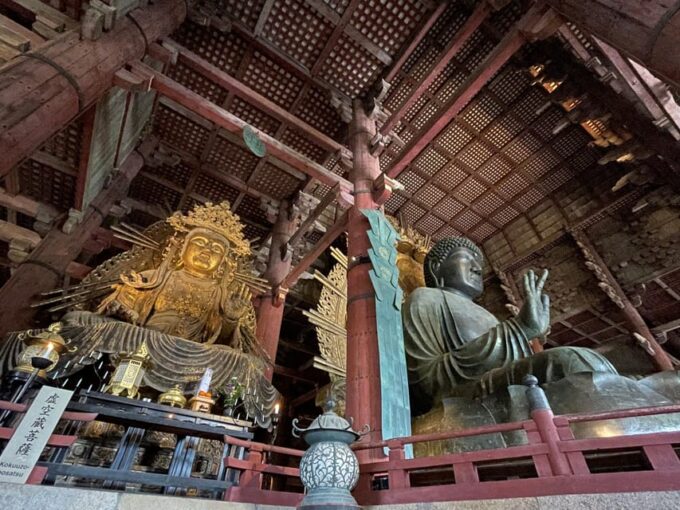
The tour’s price starts from €123.84 per person. Booking is available with a pay-later option to reserve your spot. The cost breakdown is as follows:
| Inclusions | Cost |
|---|---|
| Nara Okuyama Driveway Toll | Included |
| Gasoline/Petrol Fee | Included |
| Parking Fee | Included |
| Entry Tickets | Included |
| Food and Drink | Included |
Visitors can conveniently book the tour and pay later, ensuring a hassle-free planning experience. The price covers all necessary expenses, making it a cost-effective way to explore the rich history and natural beauty of Nara.
Frequently Asked Questions
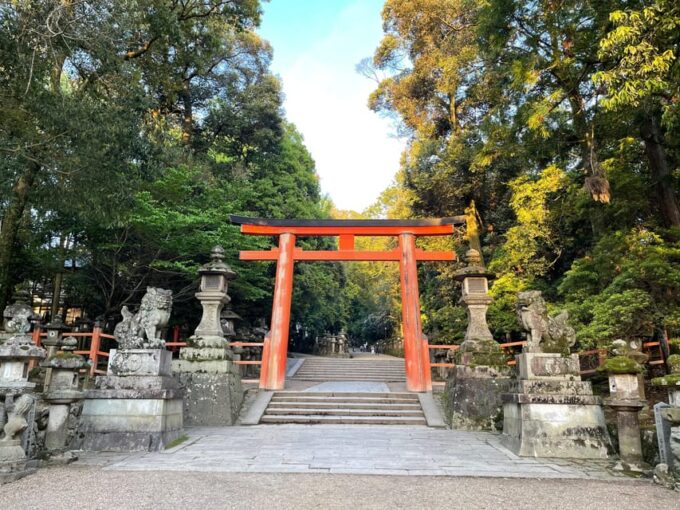
How Has Nara’s Historical Significance Evolved Over Time?
Nara’s historical significance has evolved from its time as Japan’s first permanent capital in the 8th century to a center of Buddhist learning and culture, now attracting visitors to its well-preserved ancient sites and natural landscapes.
What Unique Architectural Features Can Be Found in Nara’s Temples?
Nara’s temples feature unique architectural styles, like Todaiji’s massive wooden Buddha statue and Kofuku-ji’s distinctive pagodas. These structures blend Buddhist and Shinto influences, reflecting the intertwined religious traditions that shaped Nara’s cultural heritage.
How Do the Deer in Nara Interact With the Local Culture?
The deer in Nara are deeply intertwined with the local culture. They’re revered as divine messengers, freely roaming the city’s ancient temples and parks, interacting with visitors who feed and pet them. The deer are an integral part of Nara’s identity.
What Are Some Lesser-Known Legends or Folktales Associated With Nara?
Many Nara locals believe the deer are messengers of the gods. Some lesser-known folktales describe how the deer guard ancient secrets or lead people to hidden shrines deep in the forests surrounding the city.
Can Visitors Participate in Traditional Japanese Cultural Activities During the Tour?
Yes, visitors can participate in traditional Japanese cultural activities during the tour. The tour includes opportunities to experience Japanese sake tasting and learn about the deep connection between the Japanese people and nature.
Recap
Nara’s ancient capital, Heijo-kyo, exemplifies Japan’s deep reverence for nature. Meticulously designed to harmonize with the surrounding landscape, the city’s temples, shrines, and curated gardens reflect the Japanese people’s symbiotic relationship with the natural world. This legacy continues to captivate visitors today, offering a glimpse into how Japan’s cultural identity has long been shaped by its celebration of the natural environment.
You can check if your dates are available here:More Tour Reviews in Nara
- Private Nara Experience With Local Guide
- Taste of Nara A Guided Half Day Food Tour Tailored to Your Taste
- 7hr Private Guided Van Tour Nara & Matcha Farm
- Nara Private Custom Tour With Local Guide
- Nara: Half-Day Private Tour of 4 Must-See Spots & Deer Park
- Full Day Nara Deer, Temple, Shrine, Activities & Tea Ceremony
Not for you? Here's more things to do in Nara we have recnetly reviewed
- 5 Best Food Tours In Nara
- 4 Best Full-Day Tours In Nara
- 3 Best Private Car With Driver Services In Nara
- 3 Best Lunch Experiences In Nara
- From Osaka: Nara Private Customizable Day Tour
- Kyoto/Osaka: Nara Customizable Self-Guided Tour With Driver
- From Kobe: Nara Classic Private Tour With Car Pickup
- Nara: Visit a Tea Whisk Maker & Make Your Own Tea Whisk
- Nara: Visit a Tea Whisk Maker & Join the Unique Tea Ceremony
- Nara: Half-Day Private Tour of 4 Must-See Spots & Deer Park
- Nara: Customized Barhopping Tour – 3 Hours of Local Bars
- Nara: 1.5 Hour Private Kasuga Taisha Shrine Tour – World Heritage
